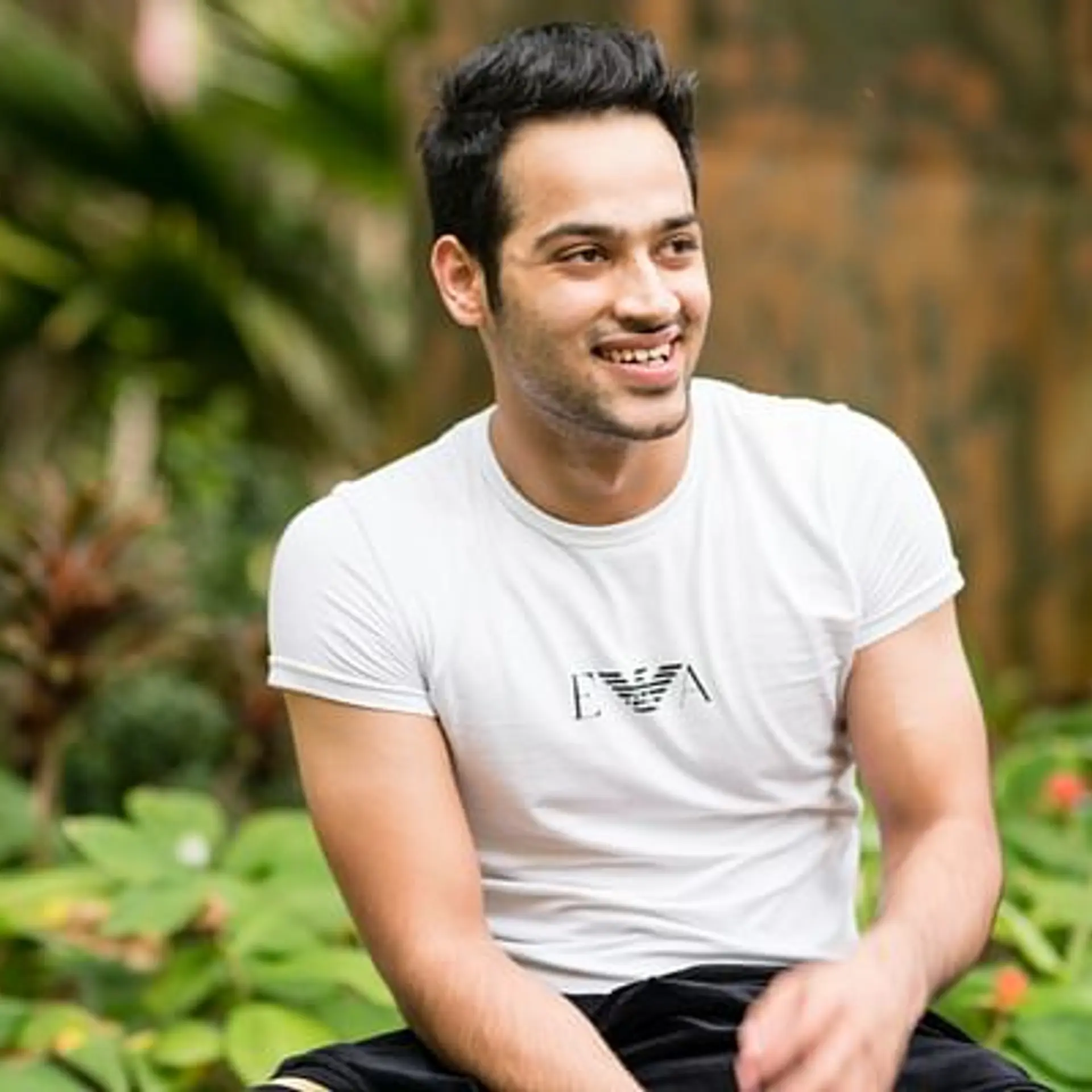How Sushruthi Krishna and Samantha Prabhu are building their D2C ethnic wear brand
Sushruthi Krishna and actress Samatha Prabhu launched their ethnic wear label Saaki in 2020. The multi-crore label now has an international presence and aims to diversify its product line.
Indian ethnic wear is popular across the world, with the Indian market expected to touch $24 billion by 2025.
While many entrepreneurs have tapped the opportunity by introducing brands like , Meena Bazaar, , , and so on, celebrities are too capitalising on the opportunity to take ethnic wear brands from India to the world.
Bengaluru-based is one such label. Started in 2020 under the parent brand Merch by Femina Miss India 2016 first runnerup Sushruthi Krishna and actress Samatha Prabhu. Saaki is an online, D2C brand catering to women across the globe.
Recalling the days when she was looking for a business partner, Sushruthi says a mutual friend connected her to Samantha, who was also looking for business partnerships - not just for investing in an idea but building a brand together.
“Samantha and I both have similar understanding for business and we entered the ethnic wear market because we see potential in the category. The market is unorganised and the brands present in the space are at higher price points. We built Saaki to offer consumers premium quality ethnic wear at affordable prices,” Sushruthi adds.
The founder says that in two years Saaki has established itself as a multi-crore brand catering to customers pan India through its D2C website. However, she refuses to disclose the revenue.
How this mother-daughter duo launched an ethnic wear brand from home to touch nearly Rs 10Cr in revenue
Building a brand
Saaki has catered to around 60,000 customers pan India and the fascinating part is that “all these customers were gained organically”, Sushruthi says.
“You see, a lot of brand recognition comes with Samantha on board. Since inception, we have not spent even a penny on social media ads. Samatha and I love to wear Saaki and that in itself is creating brand awareness,” she says.
While Saaki has grown about 180% in the last two years, the journey was not an icing on the cake.
Sushruthi recalls that the business planning was started in 2019, with discussions around supply chain solutions, inventory management, and everything else. The label was officially launched in March 2020, just before the lockdown.
“You can imagine what it would have been. After waiting for so long for the brand launch, we couldn’t do business till September 2020. Though it was disappointing, we spent the time on market research and post-pandemic trends. D2C was on the rise and that worked for us.”
By this time, the duo had established manufacturing lines across India. It now has work contracts with manufacturers in Delhi, Mumbai, Jaipur, Tirupur, and others.
Playing in a mature ethnic wear market
India is popular for its ethnic wear, and numerous brands are available across the country. However, established players also face a huge challenge from the unorganised sector.
Talking about the vision behind Saaki, Sushruthi says the company wants to cater to customers who want designer wear but can’t afford it because of the high prices.
“Our closest competitor would be BIBA, Indya, Fab New by FabIndia. While the market is mature, we know there are untapped fashion needs. Plus, we stand out from other ethnic wear brands in the sense that we are bringing modern ethnic for the young women,” Sushruthi tells SMBStory.
Saaki SKUs range between Rs 2,300 to Rs 2,800, and it offers a range of kurtis, kurtas, sarees, tops, tunics, bottom wear, dresses, crop tops etc.
From a small shop in Kolar, this entrepreneur went on to build a Rs 35 Cr ethnic wear brand
Challenges and the way forward
Talking about the challenges, Sushruthi says the real challenge lies in managing the supply chain.
“You can’t control your manufacturers when they are working on contract. We are trying to foray into owning one dedicated production but that discussion is in the pipeline.”
Saaki is also available in more than 15 countries, including the US, the UK, and Australia. Sushruthi says international expansion is something they are eagerly looking at and that 25% of their present revenue comes from international sales.
“The Indian diaspora is large globally and is yet to be tapped. There are so many international labels present in India. Our key focus now is to make in India for the world,” she says.
Saaki is also planning to diversify into other categories and foray into kids wear, active wear, and home decor in the near future. “We will be a lifestyle brand then, operating across categories,” Sushruthi says.
Edited by Teja Lele







